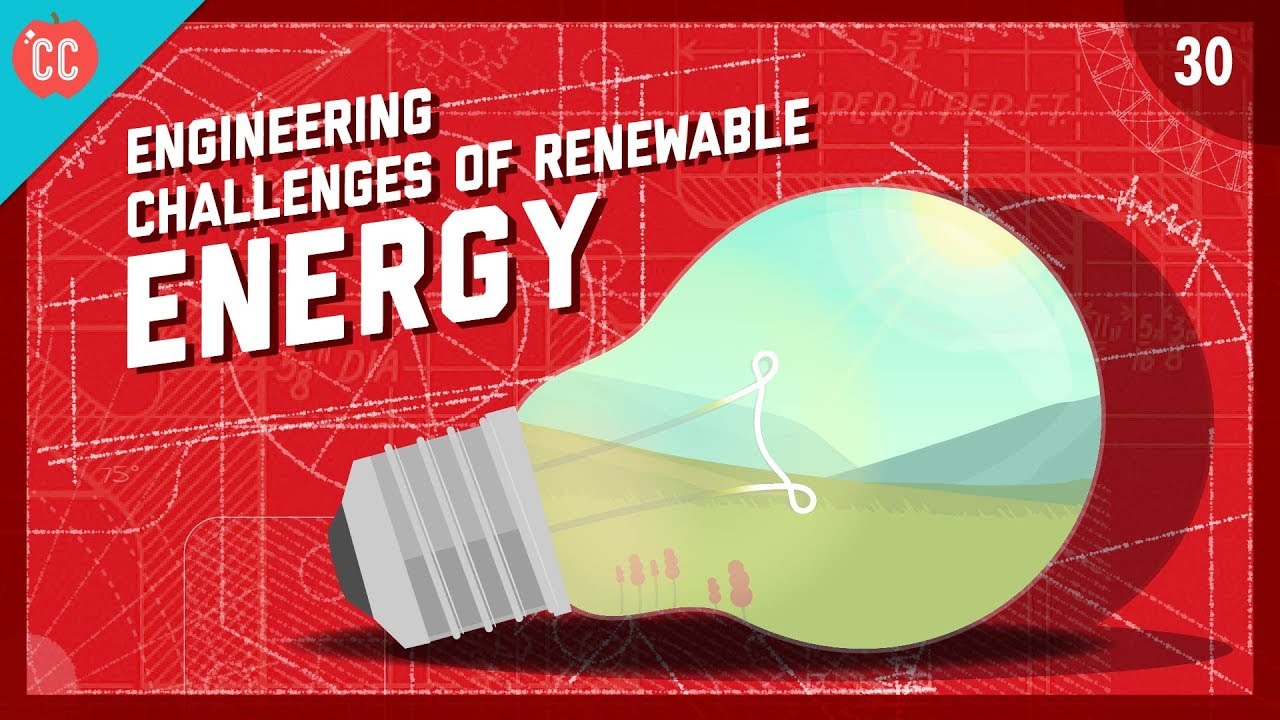
Introduction
As the world grapples with the impacts of climate change, the need for a sustainable future has never been more pressing. Various challenges hinder our progress towards sustainability, particularly in the realm of renewable energy. This article will explore these challenges and propose viable solutions that can pave the way for a greener and more sustainable future.
The Importance of Renewable Energy
Renewable energy sources, such as solar, wind, hydropower, and biomass, are crucial in reducing our dependence on fossil fuels. They offer numerous benefits, including:
- Reduction of greenhouse gas emissions
- Promotion of energy security
- Creation of jobs in emerging industries
- Encouragement of technological innovation
Key Challenges in Renewable Energy Adoption
1. Economic Barriers
Despite the numerous advantages of renewable energy, economic barriers remain a significant challenge. Initial investment costs for renewable technologies can be high, leading to reluctance from both governments and private investors. The following factors contribute to these economic barriers:
- High upfront costs for renewable energy installations
- Limited access to financing options for small-scale projects
- Market volatility affecting investment in new technologies
2. Technological Challenges
While advancements in technology have propelled the renewable energy sector forward, several technological challenges still exist:
- Intermittency of energy supply from sources like solar and wind
- Energy storage limitations affecting the reliability of renewable sources
- Need for upgraded infrastructure to support renewable energy systems
3. Policy and Regulatory Issues
Government policies play a crucial role in shaping the renewable energy landscape. However, inconsistent regulations and lack of long-term commitment can create significant hurdles:
- Inconsistent policies across different regions
- Limited incentives for renewable energy investments
- Regulatory frameworks that favor fossil fuel industries
4. Public Perception and Awareness
Public perception significantly influences the adoption of renewable energy. Misunderstandings and lack of awareness can hinder progress:
- Misinformation about renewable energy technologies
- Concerns over the environmental impact of renewable installations
- Resistance to change from traditional energy sources
Solutions for a Sustainable Future
1. Economic Solutions
To overcome economic barriers, several strategies can be implemented:
- Subsidies and tax incentives to lower initial investment costs
- Creation of green financing options for small businesses and homeowners
- Establishment of public-private partnerships to share the financial burden
2. Technological Innovations
Investing in technological innovations is essential for overcoming the challenges associated with renewable energy:
- Development of advanced energy storage systems to address intermittency
- Improvement of grid infrastructure to accommodate renewable energy sources
- Investment in smart grid technologies to enhance energy efficiency
3. Policy and Regulatory Reforms
To foster a conducive environment for renewable energy, comprehensive policy and regulatory reforms are necessary:
- Establishment of consistent and long-term policies supporting renewable energy
- Implementation of renewable portfolio standards requiring utilities to source a portion of energy from renewables
- Creation of a favorable regulatory framework that encourages innovation
4. Enhancing Public Awareness
Improving public perception and awareness is crucial for the widespread adoption of renewable energy:
- Launching educational campaigns to inform the public about renewable energy benefits
- Encouraging community engagement in renewable energy projects
- Promoting success stories to illustrate the viability of renewable energy solutions
Case Studies of Successful Renewable Energy Initiatives
1. Germany’s Energiewende
Germany’s Energiewende, or energy transition, serves as a prominent example of a successful shift towards renewable energy. The initiative focuses on:
- Increasing the share of renewable energy in the national energy mix
- Enhancing energy efficiency across various sectors
- Phasing out nuclear power and reducing fossil fuel reliance
This ambitious plan has resulted in Germany achieving over 40% of its electricity generation from renewable sources by 2020.
2. Denmark’s Wind Energy Revolution
Denmark has emerged as a global leader in wind energy. The country has implemented several measures to support this transition:
- Investment in offshore wind farms to harness high wind potential
- Establishment of community-owned wind turbines to increase public engagement
- Government incentives to encourage private investment in wind energy
As a result, wind energy accounted for 47% of Denmark’s total electricity consumption in 2019.
The Role of Technology in Renewable Energy
1. Smart Grids
Smart grids represent a transformative technology that enhances the efficiency and reliability of energy systems. They utilize advanced communication technologies to manage electricity supply and demand dynamically. Key benefits include:
- Improved integration of renewable energy sources
- Enhanced energy efficiency through real-time data analysis
- Reduced energy losses during transmission
2. Energy Storage Solutions
Energy storage technologies, such as batteries and pumped hydro storage, are essential for addressing the intermittency of renewable energy sources. These solutions enable:
- Storing excess energy generated during peak production times
- Providing backup power during periods of low energy generation
- Facilitating a more stable and reliable energy supply
3. Innovative Renewable Technologies
Emerging renewable technologies, such as floating solar panels and vertical wind turbines, offer new avenues for harnessing energy. These innovations can:
- Maximize land use by utilizing underused spaces
- Reduce the environmental impact of traditional installations
- Enhance energy generation in urban areas
Conclusion
As we confront the challenges of climate change, transitioning to a sustainable future through renewable energy is imperative. By addressing the economic, technological, and regulatory barriers, we can create a framework that fosters the growth of renewable energy. Furthermore, enhancing public awareness and engagement will play a vital role in this transition.
Through collaborative efforts among governments, industries, and communities, we can harness the potential of renewable energy to build a more sustainable and resilient future for generations to come. The road ahead may be challenging, but the solutions are within our reach if we commit to a sustainable path forward.

